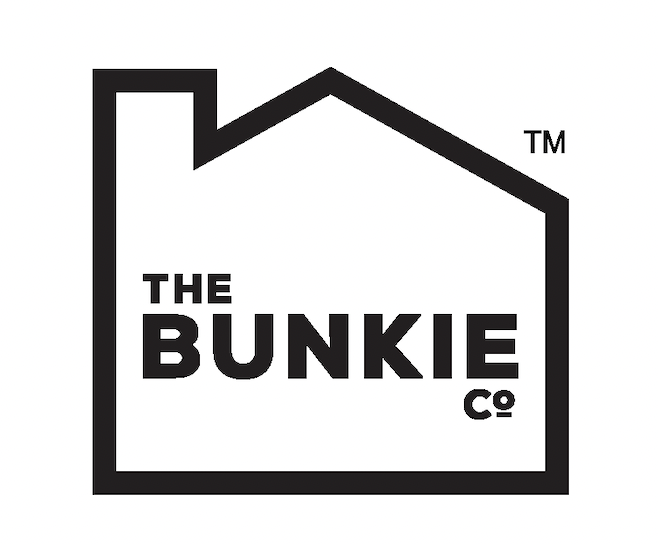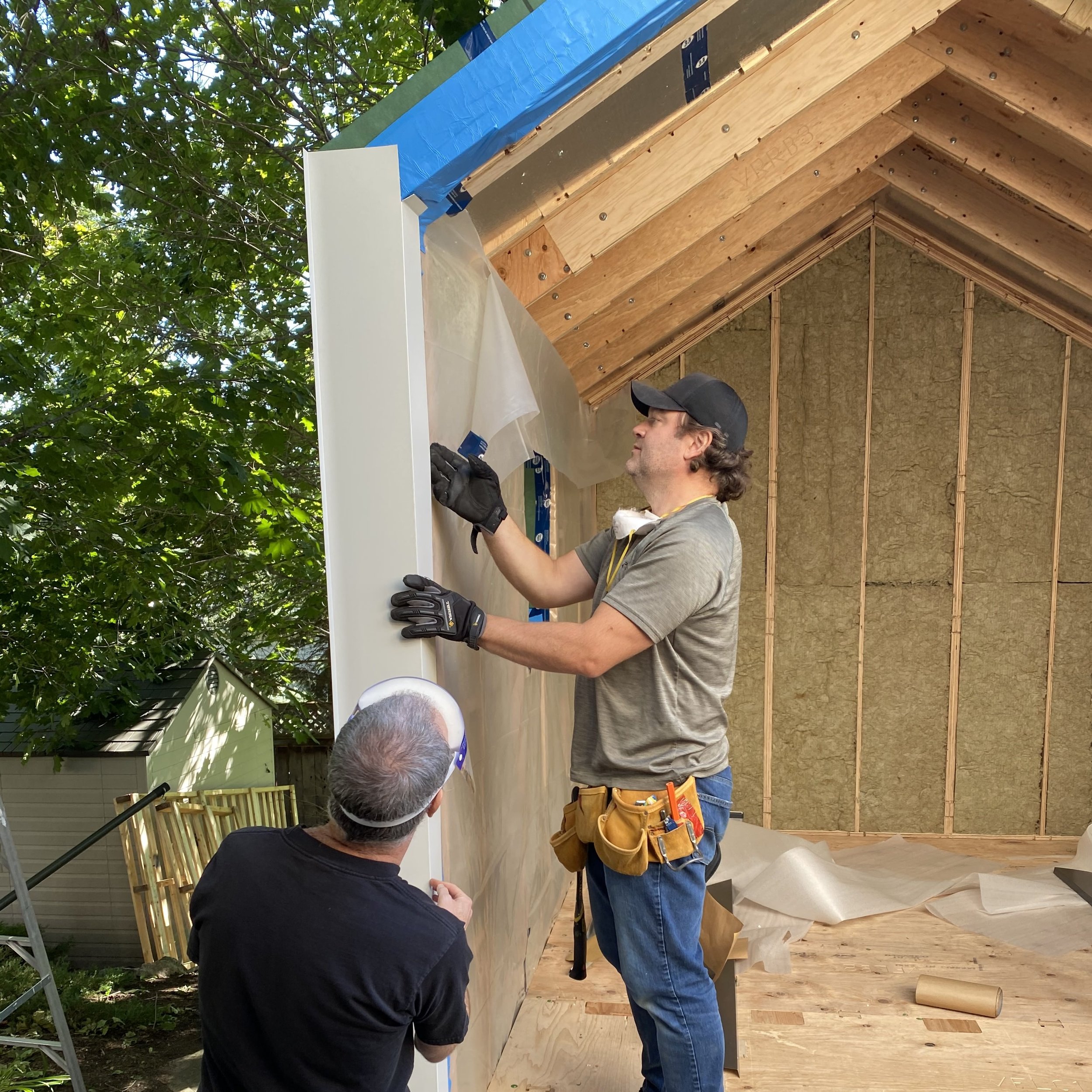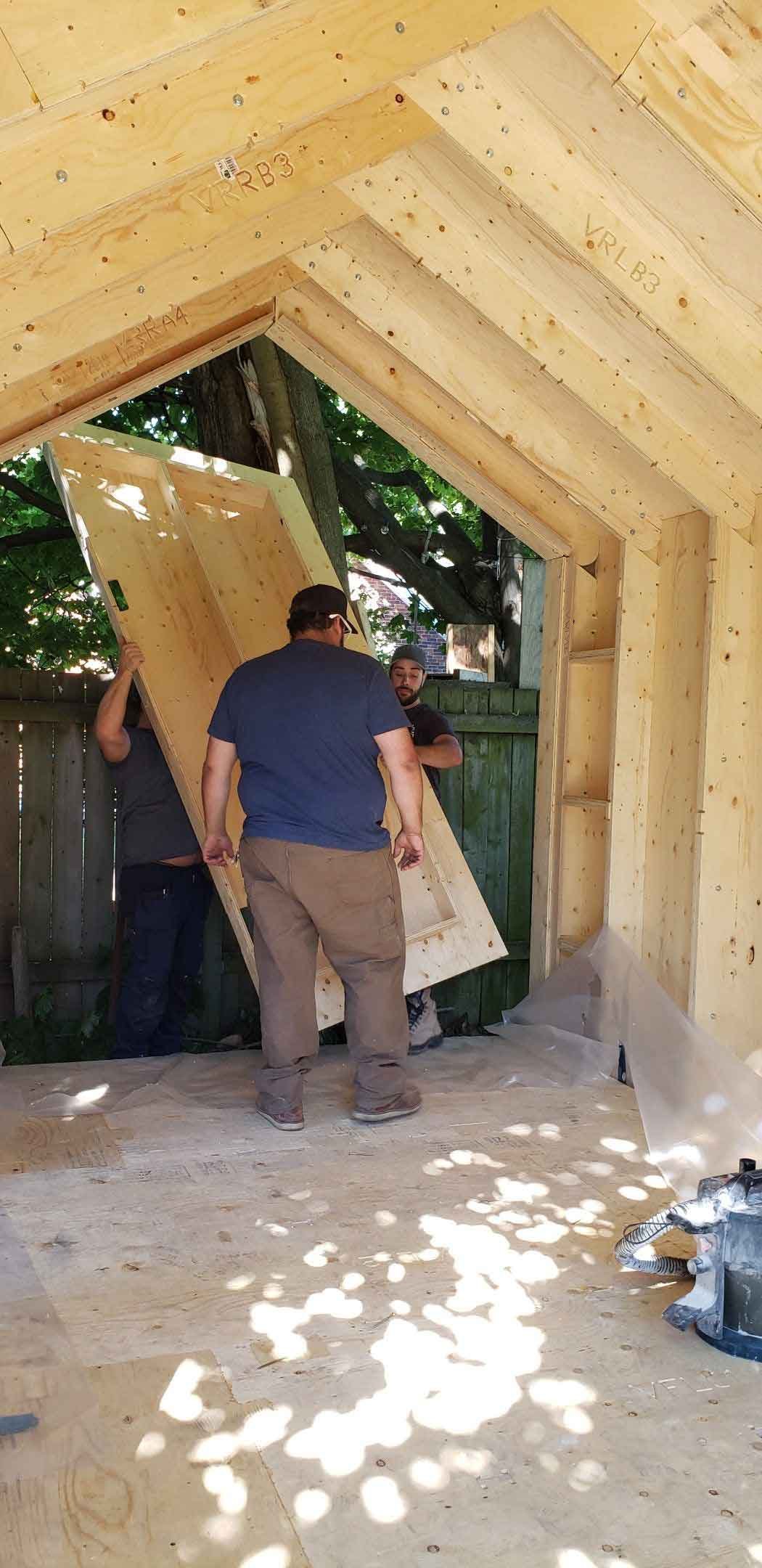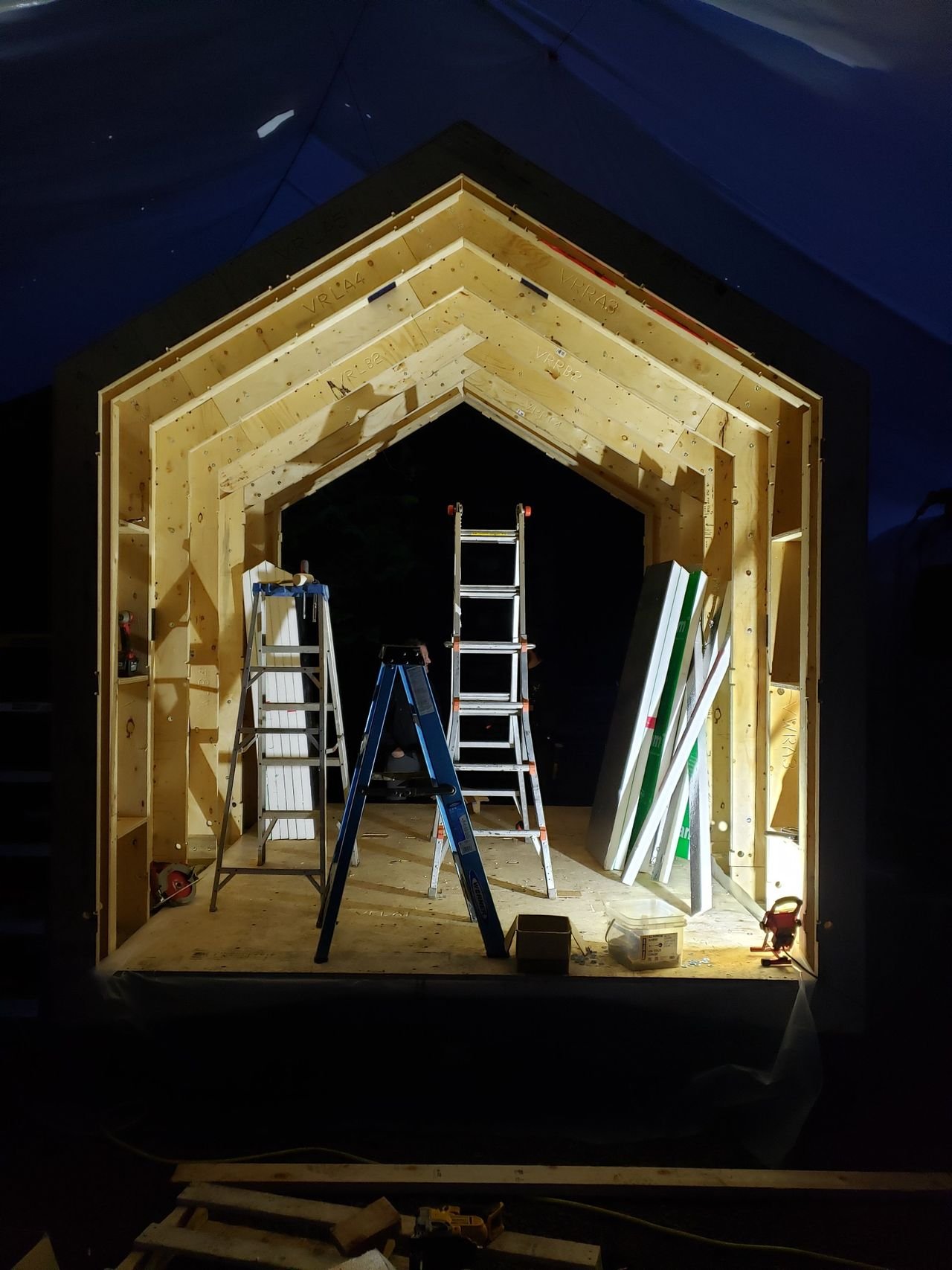How Bunkies are Made and Tested
Our Bunkies are so well made, some kind-hearted people of the interwebs have taken time out of their lives to tell us they’re “over-the-top,” “needlessly intricate,” or that stick frame construction is “just as good.”
You’ve gotta “love” comment sections.
Needless to say, we don’t agree with these keyboard experts. Our construction philosophy is pretty simple, and it’s born of both experience and a mind-set that sees the status quo as unacceptably wasteful and outdated.
Our construction values in a nutshell:
1) Use design and building methods that are efficient.
2) Waste as little raw materials as possible.
3) Make our product incredibly strong and long-lasting.
4) Good enough is lame (probably didn’t need to spell that out).
CNC and CAD are the Bomb (but what are they?)
You’ve likely come across the term CNC routing before, but do you know what it is?
Computer Numerical Control (CNC) routing is a computer-controlled cutting machine which typically mounts a hand-held router as a spindle. It’s then used to cut various materials, such as wood, composites, metals, plastics, glass, and foams.
CNC routers can perform the tasks of many carpentry shop machines such as the panel saw, the spindle moulder, and the boring machine. They can also cut joinery like mortises and tenons.
Computer-aided design (CAD) is the use of computers to aid in the creation, modification, analysis, or optimization of a design. CAD software is used to increase the productivity of the designer, improve the quality of design, improve communications through documentation, and to create a database for manufacturing.
Our Bunkies are produced using these two processes, which means all of our cuts are incredibly accurate. So, waste from cut-offs or shimming inaccurate cuts is reduced to nearly zero.
Puzzle Style Furniture Construction Methodology
We cut all Bunkie parts put of large sheets of Forest Stewardship Council (FSC) certified plywood. The parts produced look a lot like the pieces of a scaled-up jig-saw puzzle, which we then assemble into finished, ultra-strong panels.
When your Bunkie package arrives flat-packed to your site, assembly of the panels is straightforward.
We could build our Bunkies in the traditional stick frame style, but they would be much harder to ship. They would also be less robust, and the waste produced from cut-offs would be too high for our liking.
Refinement Developed Through Experience
Our principal designer, Evan Bare, learned these skills producing high-quality furniture for several large Canadian manufacturers for more than a decade. He then put these same design techniques into producing superbly made Bunkies starting in 2012.
As of summer 2022, 74 of our Bunkies are scattered across North America. Some live in wet west coast rainforests, others in the scorching heat of southern deserts, still others in the snow packed north.
Our earliest customers were our de facto beta testers. They took a chance on us based on the promise that we’d back up our work and fix our mistakes, which we always did. Their faith in us yielded priceless feedback that we’ve poured into our designs.
Now, you can be sure that you’re investing in a Bunkie that’s had every real-world scenario thrown at it, and our latest designs have been made better for it.
Feedback Loop
Don’t just take our word for it, find out what our customers have to say.
And look over these recent installations to get your planning mojo hopping.
Get in touch as soon as you’re ready to jump in. We can’t wait to hear from you!



